Rising Demand for Energy Efficiency
The Hydronic Radiator Market experiences a notable increase in demand for energy-efficient heating solutions. As consumers become more environmentally conscious, they seek systems that reduce energy consumption while maintaining comfort. Hydronic radiators, known for their efficient heat distribution, align with this trend. According to recent data, energy-efficient heating systems can reduce energy costs by up to 30%, making them an attractive option for homeowners and businesses alike. This shift towards energy efficiency is further supported by government incentives promoting the adoption of sustainable technologies. Consequently, the Hydronic Radiator Market is poised for growth as more consumers prioritize energy savings in their heating choices.
Integration of Smart Home Technologies
The integration of smart home technologies significantly influences the Hydronic Radiator Market. As smart home systems gain traction, consumers increasingly prefer heating solutions that can be controlled remotely and integrated with other smart devices. Hydronic radiators, when paired with smart thermostats and home automation systems, offer enhanced control over heating schedules and energy usage. This trend is reflected in market data indicating that smart home technology adoption is expected to grow by over 25% in the coming years. The ability to optimize heating through smart technology not only improves comfort but also contributes to energy savings, thereby driving the Hydronic Radiator Market forward.
Growing Awareness of Indoor Air Quality
The Hydronic Radiator Market is also shaped by the growing awareness of indoor air quality. Traditional heating systems often circulate dust and allergens, negatively impacting health. In contrast, hydronic radiators provide a cleaner heating solution by minimizing air movement and reducing the spread of pollutants. This aspect is increasingly appealing to consumers, particularly in urban areas where air quality concerns are prevalent. Market Research Future indicates that consumers are willing to invest in heating solutions that promote better indoor air quality, which positions hydronic radiators favorably. As awareness continues to rise, the Hydronic Radiator Market is likely to benefit from this shift in consumer preferences.
Expansion of Residential and Commercial Construction
The expansion of residential and commercial construction significantly impacts the Hydronic Radiator Market. As new buildings are constructed, there is a growing opportunity to incorporate modern heating solutions, including hydronic radiators. This trend is particularly evident in regions experiencing population growth and urbanization, where the demand for efficient heating systems is on the rise. Market data indicates that the construction sector is projected to grow by approximately 5% annually, creating a favorable environment for hydronic radiator adoption. Builders and developers increasingly recognize the benefits of hydronic systems, such as energy efficiency and comfort, further propelling the Hydronic Radiator Market.
Regulatory Support for Sustainable Heating Solutions
Regulatory support for sustainable heating solutions plays a crucial role in the Hydronic Radiator Market. Governments worldwide are implementing stricter regulations aimed at reducing carbon emissions and promoting energy-efficient technologies. These regulations often include incentives for adopting hydronic heating systems, which are recognized for their lower environmental impact compared to traditional heating methods. Recent statistics suggest that regions with supportive policies have seen a 15% increase in the adoption of hydronic radiators. This regulatory environment not only encourages consumers to choose hydronic systems but also fosters innovation within the industry, driving advancements in technology and efficiency.


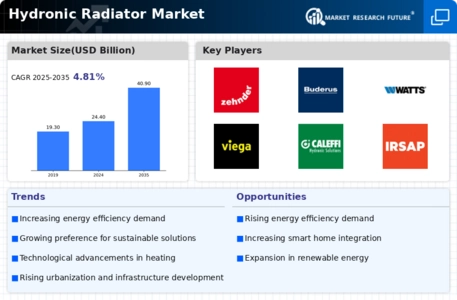
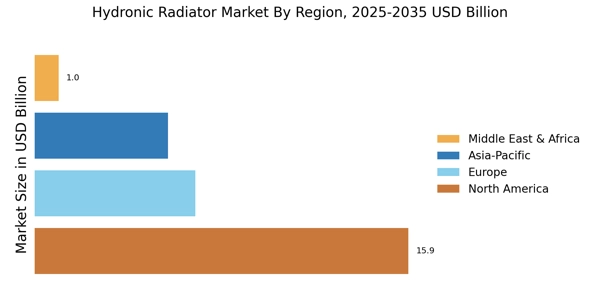
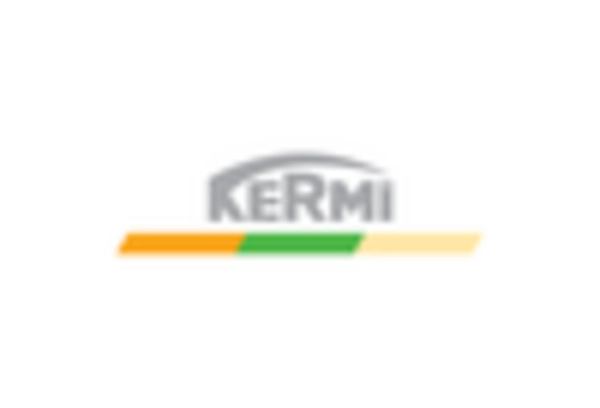

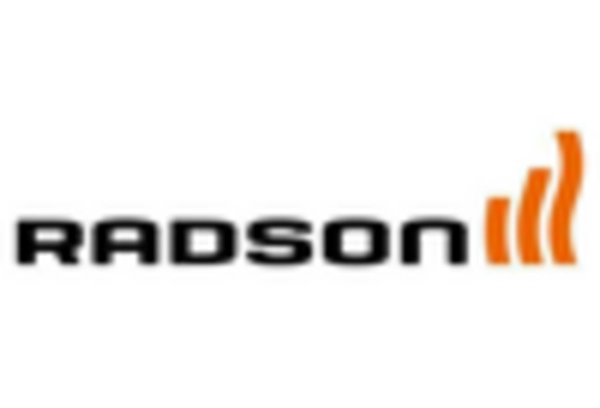

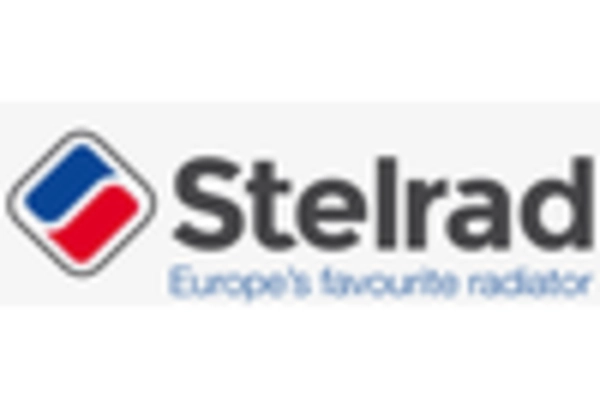









Leave a Comment